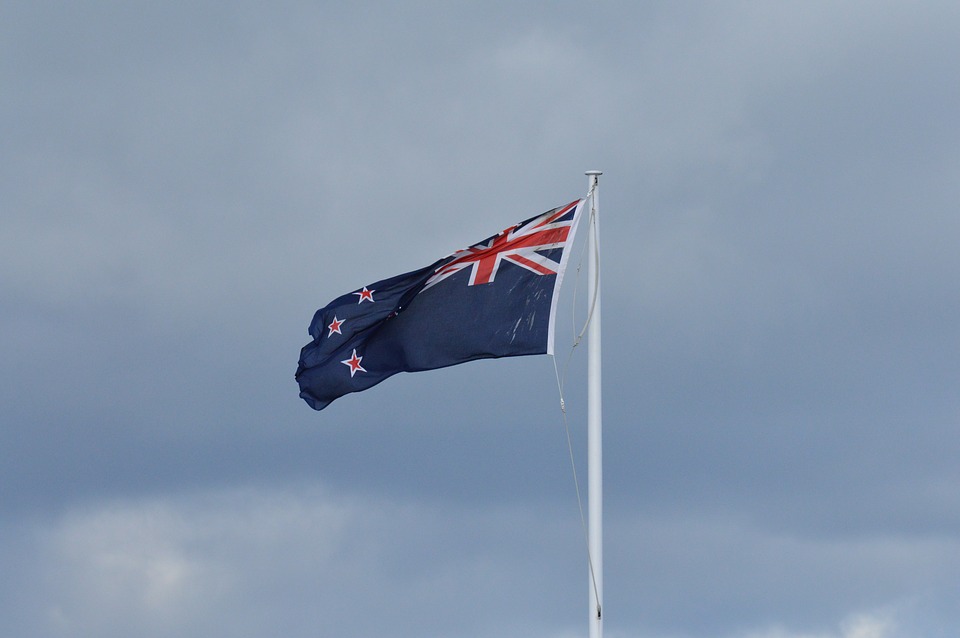
ANKARA – New Zealand on Monday celebrated the defeat of the novel coronavirus after Prime Minister Jacinda Ardern announced that the country no longer has active cases of Covid-19.
The news made global headlines and drew praise after Ardern announced at a news conference in Wellington that the last coronavirus patients had recovered.
“I think I’m going to celebrate our #COVIDfree status and moving to #level1 by going to bed at 8pm tonight,” Julie Anne Genter, minister for women, tweeted after the announcement.
Another member of parliament, Marja Lubeck, also welcomed the achievement, tweeting: “Sun going down on the last day of Alert Level 2 and day 75 of being in a Covid alert level of any kind. From midnight our country will be in Alert Level 1. You did it #TeamOf5Million.”
The first coronavirus case in New Zealand was reported on Feb. 28, and the same day, the country announced travel restrictions for Iran and China to curb the virus.
Ardern initially announced partial restrictions on March 23. But two days later, when the country confirmed 200 cases, the government put the entire country on lockdown.
The lockdown included strong restrictions and limited movement and contact to contain community transmission and outbreaks. While people were advised to stay at home and no one was allowed to venture out except for essential purposes and doing essential work, people were asked to keep two meters (six feet, seven inches) apart. Most New Zealanders remained at home.
On April 27, the strict restrictions were eased, with Wellington allowing some businesses to resume with precautionary measures.
However, the restrictions on staying at home continued.
On May 13, the country further eased the restrictions and allowed businesses, cafes, and restaurants to reopen and weddings and funerals to resume but with social distancing measures.
The government also allowed most early learning services, schools, and tertiary education facilities to resume operations.
On Monday, the Health Ministry said the country has no more active cases of the coronavirus and that the last patient with Covid-19 had successfully recovered.
“The ministry has been notified by Auckland Regional Public Health that its remaining case has been symptom-free for 48 hours and is regarded as recovered. The person has now been released from isolation and there is no one in New Zealand receiving hospital-level care for Covid-19,” it said in a statement.
“This is really good news for the person concerned, and it’s also something the rest of New Zealand can take heart from,” said Director-General of Health Dr. Ashley Bloomfield.
“Having no active cases for the first time since Feb. 28 is certainly a significant mark in our journey, but as we’ve previously said, ongoing vigilance against Covid-19 will continue to be essential,” Bloomfield said.
Later, speaking at a news conference, Ardern announced a move to normal life from Tuesday and the lifting of coronavirus restrictions as the country has no new cases of community transmission.
“We have no more new cases of Covid-19 and now we are moving to Alert Level 1 from Level 2 from today midnight, but New Zealand’s borders will remain closed,” she said.
Residents arriving in the country will still have to quarantine for two weeks and will be tested twice during the period.
Ardern praised her people and said they had “massively reduced their movements” and stayed at home “more than residents in several other countries.”
During Alert Level 1, everyone can return to work, school, sports, and domestic travel and can get together with as many people as they want.
According to the ministry, one active case of the virus was detected in the country on May 22 and not a single case has since been reported.
The total number of cases in the country stands at 1,504 with 22 deaths.
Since first appearing in Wuhan, China last December, the novel coronavirus has spread to at least 188 countries and regions.
The pandemic has killed over 406,400 people worldwide, with more than 7.09 million confirmed cases and over 3.18 million recoveries, according to figures compiled by US-based Johns Hopkins University.